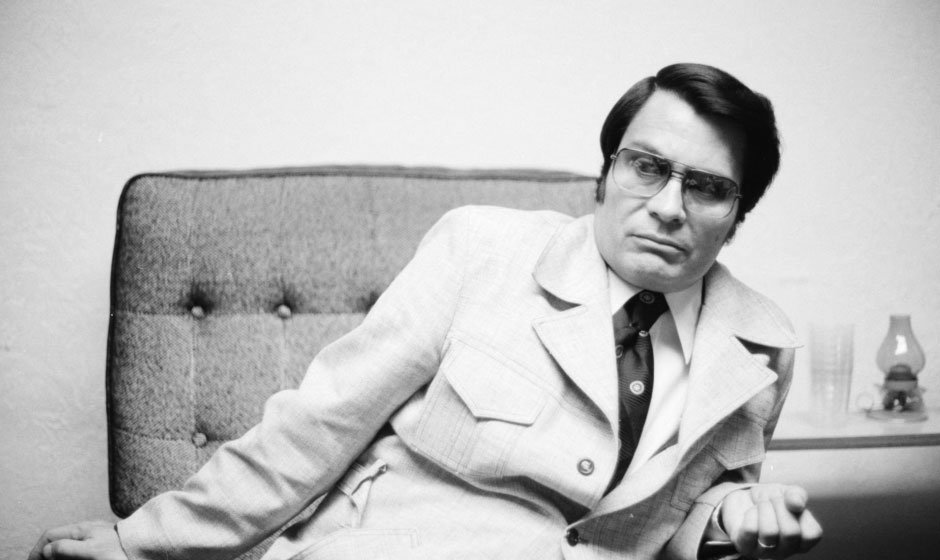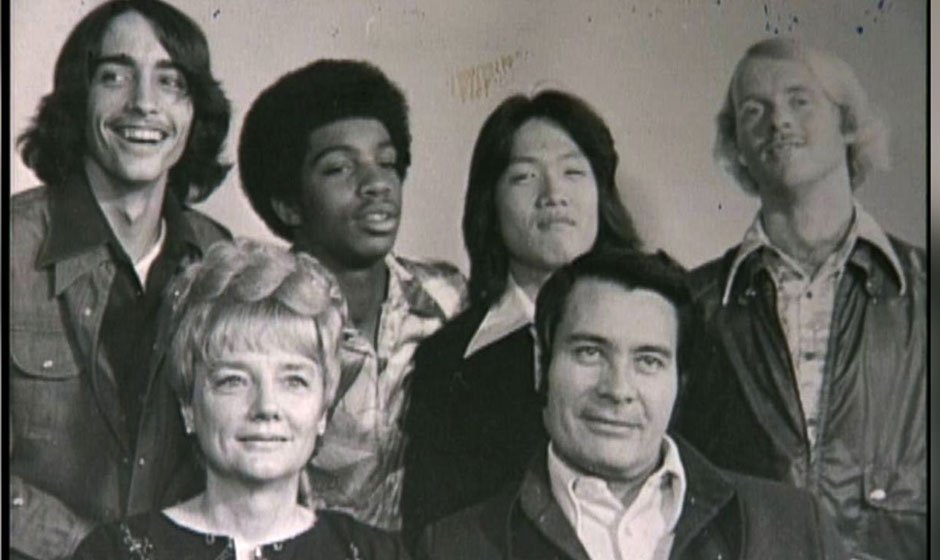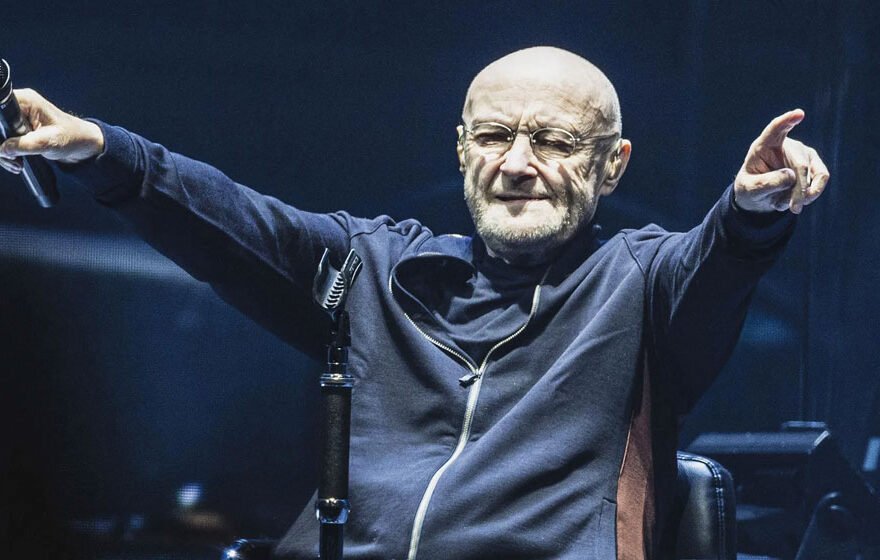Jim W. Jones Jr.: Early Years, Life in the Peoples Temple, Surviving the Jonestown Tragedy, and Life after Jonestown

Jim W. Jones Jr.’s life is one marked by a complex and challenging history. As the son of Jim Jones, the head of the Peoples Temple cult, Jones Jr.’s life has been shaped by the tragic events of the Jonestown massacre of 1978. Though his name is associated with one of the darkest chapters in modern history, Jim W. Jones Jr. has built a life of resilience, redemption, and personal strength in the years since then. His story is one of survival and a quest to redefine his life beyond the shadows of Jonestown.
Early Years and Life in the Peoples Temple
Born in the early 1960s, Jim W. Jones Jr. was adopted by Jim and Marceline Jones, who already had biological children of their own. Jim Jr. was the first African American child adopted by the Joneses, and his adoption reflected his father’s early views of racial equality and social justice, principles that inspired many at the Peoples Temple.
The Peoples Temple initially appeared as an uplifted religious movement concerned with racial integration, economic equality, and communal living ideals. But under the leadership of Jim Jones, the group became more cult-like and Jones demanded absolute loyalty and obedience from his followers.

As a child in this environment, Jim Jr. was raised in his father’s teachings and in the culture of fear and control that surrounded the Peoples Temple. His relationship with his father was complicated, as he loved the man who adopted and raised him but also had to cope with the expectations and manipulations of being the son of a charismatic and authoritarian leader.
Surviving the Jonestown Tragedy
By 1977, the Peoples Temple had moved to Guyana, where Jim Jones wanted to establish a utopian community. But the settlement, known as Jonestown, devolved into a dangerous situation, and reports of abuse and coercion soon emerged. Outsiders became concerned about Jonestown and U.S. Congressman Leo Ryan visited in November 1978.
More than 900 people, including his mother and siblings, died after being forced to drink cyanide-laced punch in Jonestown on the day of the mass suicide. Jim Jr. was in Georgetown, Guyana, playing basketball when this happened. His absence saved his life but also left him as one of the few surviving members of his immediate family.
The tragedy of Jonestown has been a weight Jim Jr. has carried most of his life. In the aftermath, he had to face the reality of his father’s actions and the impact it had on so many lives, including his own.
Life after Jonestown: Resilience and Redemption
The years after Jonestown saw Jim W. Jones Jr. struggle to accept his father’s legacy and the loss of his family. But he did not let the tragedy define him, as he rebuilt his life. Back in the United States, he worked to find a sense of normalcy, eventually building a career and family of his own.
So Jim Jr. generally has led a quiet life. But he has talked in interviews and documentaries about Jonestown and his father. By doing so, Jim Jr. has become a proponent of healing and resilience, showing that it is possible to move forward, even after such immense tragedy.





